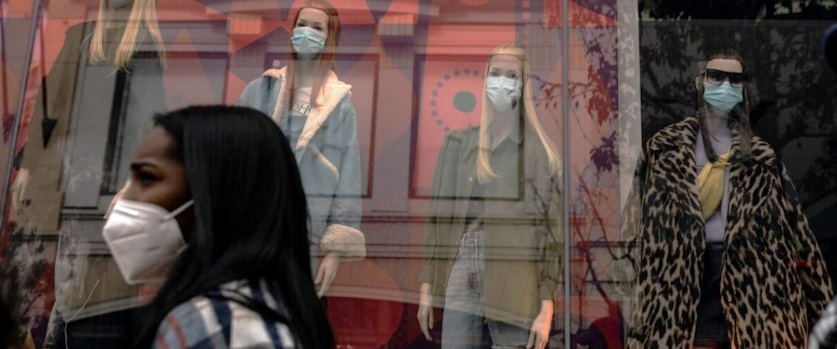The Fusion of Technology and Fashion: A Revolution Unveiled

Technology has been a catalyst for transformative changes in the fashion world, reshaping the industry from its core. From pioneering textile innovations to the monumental evolution of the fashion business model, technological advancements have propelled the industry into an era of unprecedented innovation and accessibility.
Textile Innovation
Revolution of Synthetic Fabrics
The advent of synthetic fabrics revolutionized fashion production. Nylon, polyester, and spandex emerged as game-changers, offering durability, versatility, and affordability. These fabrics expanded design possibilities and democratized fashion by making it accessible to a broader audience.
Mass Production Techniques
Technological advancements in manufacturing, such as the introduction of assembly-line production, revolutionized how garments were made. Mass production techniques increased efficiency, lowered costs, and enabled the fashion industry to produce clothing on a scale previously unimaginable, transforming fashion from a luxury for the elite to a commodity for the masses.

Fashion Industry Evolution
Impact of Media and Advertising
The rise of mass media, from print publications to television and the internet, became instrumental in shaping fashion trends and consumer behavior. Fashion magazines, advertising campaigns, and celebrity endorsements influenced consumer choices, creating a global platform for trends to emerge and disseminate.
Globalization and Accessibility
Advancements in transportation and communication facilitated globalization in the fashion industry. Designers could draw inspiration from diverse cultures, and fashion became a borderless entity. Global supply chains and e-commerce platforms enabled consumers worldwide to access various styles and brands, transcending geographical barriers.
Technology has been the driving force behind the evolution of fashion, propelling it into an era of innovation, accessibility, and global connectivity. The marriage of textile innovation and mass production techniques transformed how garments were made and consumed, making fashion more attainable and adaptable to changing lifestyles.
Furthermore, the influence of media, advertising, and globalization has created a dynamic fashion landscape where trends emerge, spread, and evolve at an unprecedented pace. Fashion is no longer confined to runways; it’s a constantly evolving dialogue between technology, culture, and creativity.



